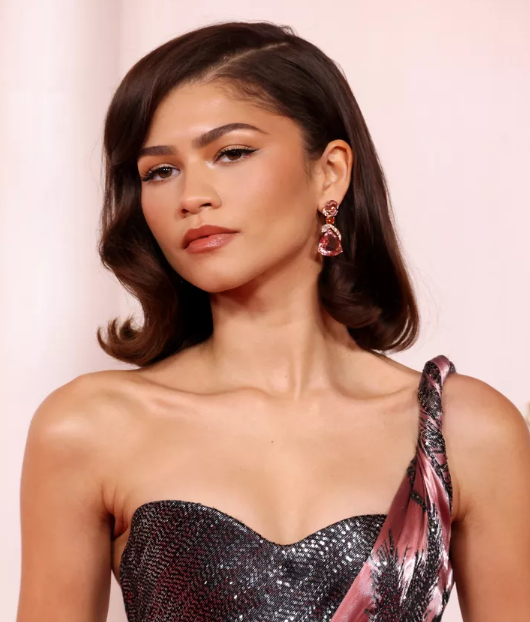There’s a lot of ambiguity when it comes to how you’re “supposed” to apply your makeup. Sure, there’s a lot of mythology surrounding face shape and eye colour, but the only true guideline is that makeup is unique to each individual. That being said, there are a few guidelines you can try if you’re not sure where to start. Which version is the most recent? This is the “Contrast makeup theory.” The high-contrast makeup trend demonstrates how to accentuate your natural features with a customizable contrast filter to achieve a delicate, glowy beauty.
And it’s not as complex as it appears. Once you’ve determined your contrast, it’s all about experimenting with your makeup to balance the differences in your hair, complexion, and eye colour. It’s not a comprehensive guide, but it’s worth considering if you’re trying to change things up this autumn or want to try something new. Here’s what we know about the trend.
First, what is the contrast makeup trend?
Contrast is concerned with distinguishing light; for example, a high-contrast photograph will have brilliant highlights and dark shadows. It’s a ubiquitous tool in photography, but inventor @Alieenor revolutionised the game when she shared her contrast makeup idea on social media. “It’s the difference in value between your face, eyes, brows, and hair,” she says in a video, and you base your makeup process on that contrast level.
She built a black-and-white filter that allows users to experiment with different skin tones and contrast levels. Each contrast level displays a side-by-side comparison of how shadows, brightness, and colour differ on the face. So, if you were blonde, with fair complexion and light eyes, you would be labelled low contrast. According to Ailénor, the contrast guide applies to all skin tones. In a video, she uses Beyoncé as an example: “The difference between the hair and her skin isn’t very intense, so she’s low contrast,” she adds. Zoë Kravitz’s eyes, brows, and hair are significantly darker than her skin tone, resulting in a great contrast.
Low Contrast Makeup

If you are called “low contrast,” it indicates that “the difference of value is very low between the hair, the eyes, and the skin,” Aliénor explains in her video. (In general, the contrast between skin tone and other facial traits, such as hair and eye colour, is not dramatic.) “Everything is in the same greyscale,” she shares. “So it’s very soft and ethereal, and not very strong.”
High Contrast Makeup

Ailéenor defines a high-contrast face as “having a very high difference in value between the features of your face.” When you have very light skin and very dark hair, it draws attention to the face and can be harsh. You can adjust your cosmetics to reduce the contrast.”
Medium Contrast Makeup

“Medium contrast indicates a slight difference between the face and the hair. “Sometimes you have to add a little intensity to make it look more natural,” adds Ailénor.
A “very good lipstick in the right intensity,” she explains in a video, pointing to pink and rosy tones, is a foolproof approach to balance contrast for people who fall into the medium range. “It doesn’t have to be very saturated, but a bit more intense.” Aileenor sees herself in this contrast, adding that wearing nude lipstick made her feel like a “ghost.” To accent the light-colored lip, she suggests lightly applying a comparable blush tone to the cheeks.
Images by Google
Recommended1 recommendationPublished in Makeup




